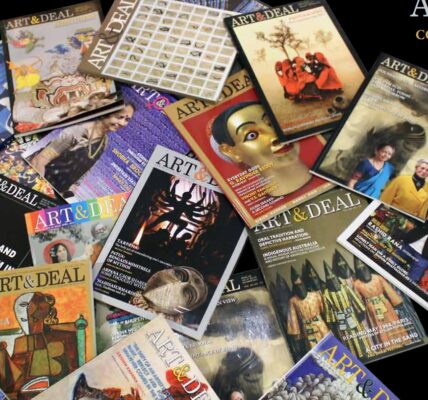 The presence of visual arts dates back to centuries and is instrumental in representation of life. Ever since life
The presence of visual arts dates back to centuries and is instrumental in representation of life. Ever since life
began man felt the need to express these aspects of life through creative pursuits like engaging in art. However
trivial and frivolous some of these artistic renditions might seem to us now, they were indeed the sole aspect
that life revolved around. Th ese were subjects or topics that were an integral part on which life sustained and
the need to represent these through art was realised.
Ever since Cinema came into existence it has grappled to affi rm itself as an independent art form with a
loss of means to express itself eff ectively today. Also when compared to the older art forms that can be read only
with a certain historicity and within a context, cinema tends to reject these factors and demands an entirely
new reading. Th e presence of still images has also played an instrumental role in the acceptance of this new
medium. Th e still camera that could arrest a frozen moment in the form of an image that re-produced reality
acted as a pillar of faith and belief in this mechanical device. Hence no one can question the way the camera
has shaped the way we look at the world. Th e psychological urge for man to replicate reality was eff ectively
channelized with the use of camera and hence the obsession and faith in a clicked image seems justifi ed.
Keeping this in view, cinema was easily adopted in our lives as it also entailed elements of magnanimity,
movement and could elicit a more emotive response from the audience.
As expressed by Andre Bazin in his book, What is Cinema?, he draws a parallel between an adolescent
child and Cinema. A child in his adolescence tends to imitate adults, same is the case with cinema. In its
early stages, cinema borrowed largely from the traditional art forms of theatre, literature and relatively new
medium of photography. Having understood this, where do we stand now in contemporary times when we
possess a rich historical lineage of cinematic expressions? Our current issue tries to explore some of these factors
that have hindered the progress of cinema in establishing itself as an independent art form. Th ere have been
staggering discourses about tools that are specifi c to cinema and it has the potential to be realised in its own
worth. But still we rarely see fi lms with an aesthetic or a truly personal language that the director wishes to
share with the world.
Our current issue examines these issues and the plight of cinema in contemporary scenario. To add to it,
there are articles tracing the growth of Indian cinema and its subsequent obsession with icons or idol worship.
Filmic depictions of icons from the folklore have infl uenced representations seen in stage- shows and also the
subsequent obsession with megalomaniac stars seen in India have been soundly analysed.
Our endeavour is to bring to the reader this fascinating issue on Cinema & Art that spreads its wings in
multiple directions to understand the plight of cinema, long past its age with a plethora of historical knowledge
at its disposal in contemporary scenario.
We sincerely hope that our readers enjoy this special issue at the beginning of a New Year and your feedback
is important for us. Kindly send your feedback to artanddeal@gmail.com.
Wish you all a Happy & Prosperous New Year!
Siddhartha Tagore

